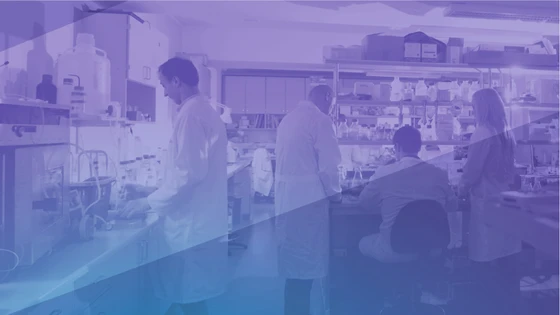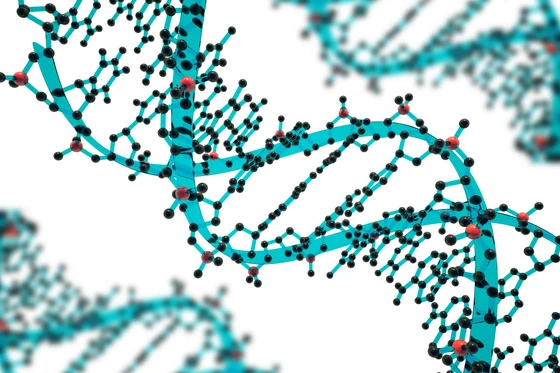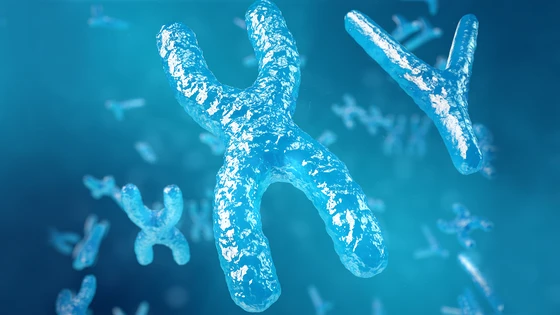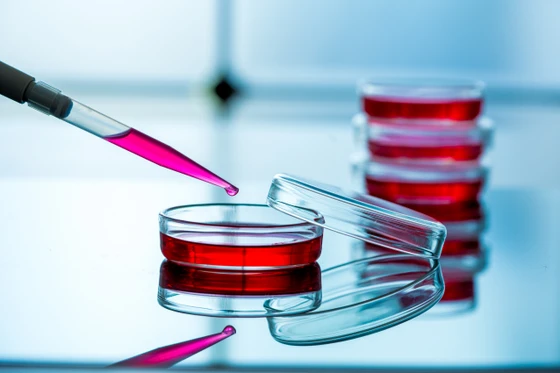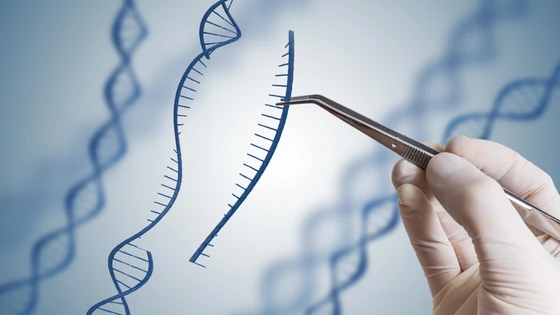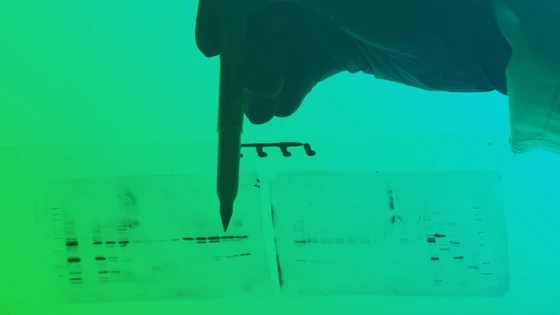Solve Your Transfection Optimization Issues
Discover how Synthego’s thorough optimization approach can accelerate your CRISPR experiments

Contents
CRISPR has promising potential in several application areas, but the issues that scientists face when dealing with CRISPR on a day-to-day basis are rarely given as much attention. Planning and executing a successful CRISPR experiment involves numerous steps, and each of them heavily influences the final outcome of the experiment. One such crucial step in CRISPR experiments is optimization.
In fact, 31% of CRISPR researchers find optimization to be the most challenging step in their workflow, according to the results of a survey that we conducted around their experimental challenges, applications, and success levels. Check out the CRISPR Benchmark Report for detailed data around the trends from the survey.
In this blog, we will focus on the optimization of CRISPR experiments and cover the following aspects:
- Why is optimization important?
- How are scientists optimizing their CRISPR experiments?
- Strategies on best optimization practices
- Intro to Synthego’s optimization process
Where Does Optimization Fit in the Editing Workflow?
The optimization step comes after you have designed your editing strategy, designed your guides, and worked out the format of your guide RNAs. Optimization of transfection is really that pivotal point that can determine the success of your experiment.
In this step, you would look at what settings you might need for electroporation, lipid transfection, or lentiviral transduction, or what parameters might influence the editing efficiency of your particular cell line.
Status Quo Around CRISPR Optimization
We highly recommend planning for an optimization step in your CRISPR workflows. How many times should you optimize or how many conditions should you look at?
From the Benchmark Report, we know that the vast majority of CRISPR researchers (87%) optimize their experiments and that the average number of conditions they look at is about seven. In addition, most researchers test an average of about four guide RNA sequences.
These are also the conditions that we would recommend: between three to four guide RNAs for any one particular CRISPR edit. This is because it is very hard to predict what a good guide RNA looks like for your experiment.
Key Tips Around Optimization of CRISPR Experiments
In this section, we offer useful tips around optimization to ensure that you succeed in your CRISPR experiments.
Optimize in same cell line as your experimentYou should be optimizing your experiment using the target cell line material and transfection methodology that you are going to use for your actual experiment. This means that if you are editing primary T cells, you should try to optimize conditions in primary T cells because it is very hard to find a surrogate cell line that will behave in the same way. If you end up using a surrogate cell line, instead of your key cell line, because of availability or resource limitations, just be aware that your conditions may need slight readjustment when you move into your actual experiment.
You should be optimizing your experiment using the target cell line material and transfection methodology that you are going to use for your actual experiment. This means that if you are editing primary T cells, you should try to optimize conditions in primary T cells because it is very hard to find a surrogate cell line that will behave in the same way. If you end up using a surrogate cell line, instead of your key cell line, because of availability or resource limitations, just be aware that your conditions may need slight readjustment when you move into your actual experiment.
Use a positive controlWe highly recommend optimizing using a positive control, so that you are not wondering whether it is the guide that is not working or whether the different parameters that you are testing aren't quite right. This step is species-specific; you cannot use positive control for human cells in mice experiments, and vice versa.
Synthego offers a human controls kit, which includes all of the guides that you need for two different positive controls that we routinely use, and which we highly recommend. We also have a few other controls that we can provide for different species.
We highly recommend optimizing using a positive control, so that you are not wondering whether it is the guide that is not working or whether the different parameters that you are testing aren't quite right. This step is species-specific; you cannot use positive control for human cells in mice experiments, and vice versa.
Synthego offers a human controls kit, which includes all of the guides that you need for two different positive controls that we routinely use, and which we highly recommend. We also have a few other controls that we can provide for different species.
Optimization is a learning processOne thing to remember is that optimization is a learning process. It requires multiple rounds. So as we saw before, most people do seven different parameters when they are optimizing. However, this may not be enough.
You may need to do multiple rounds once you learn something about the cell line that you are working with. And remember that any optimization is a balance between getting high enough editing efficiency, versus mitigating cell death, because there's no point getting 99% editing efficiency if all of those cells are dead. So another thing to consider is really this balance of editing efficiency versus cell death.
One thing to remember is that optimization is a learning process. It requires multiple rounds. So as we saw before, most people do seven different parameters when they are optimizing. However, this may not be enough.
You may need to do multiple rounds once you learn something about the cell line that you are working with. And remember that any optimization is a balance between getting high enough editing efficiency, versus mitigating cell death, because there's no point getting 99% editing efficiency if all of those cells are dead. So another thing to consider is really this balance of editing efficiency versus cell death.
Synthego’s 200-point CRISPR Optimization
Synthego has an automated facility that allows us to optimize at an immense scale; we can test up to 200 conditions in parallel to identify the best way of transfecting any particular cell line. The example below shows the optimization curve for THP-1 cells, an immune cell line that can be tricky to work with. Every single bar represents a different set of transfection parameters for electroporation, which is what we use at Synthego for our cell editing and the output here is editing efficiency.
We actually genotype and measure the editing efficiency in every single condition, rather than relying on transfection efficiency, as just because you have transfected cells doesn't mean you have edited cells. Our 200-point optimization gives us the benefit of being able to identify conditions that we may otherwise have missed, especially if we only did a handful of parameters when we test the transfection efficiency. For example, if we had pulled out the standard protocol that is available online for THP-1 cells, we would have only achieved a 7% editing efficiency. With this automated approach, we are able to find a protocol that gives us over 80% of editing efficiency in these relatively hard-to-transfect cells. Now the whole timeline for this process is short, thanks to our automated platform.
Expand Your Disease Models with Synthego’s Engineered Cells
Strategic thinking includes thinking about different cell models, but researchers are often limited in what they can do in their limited time and resources. Systematic CRISPR editing can enable complex disease modeling. Synthego offers a broad collection of cell types across different tissues to model the complexity of human biology.
We have optimized over 300 cell lines from a wide range of different tissue types. Every single one of those cell lines goes through this 200-point optimization process. Check out the available cell lines on our Engineered Cells product page or contact us if you don’t see your cell line on the list.
We hope this blog post was helpful for planning optimization in your CRISPR experiment. We also have many resources that will help you determine how to best optimize your particular cell type based on your application. Stay tuned for more blog posts in these series in the future.
